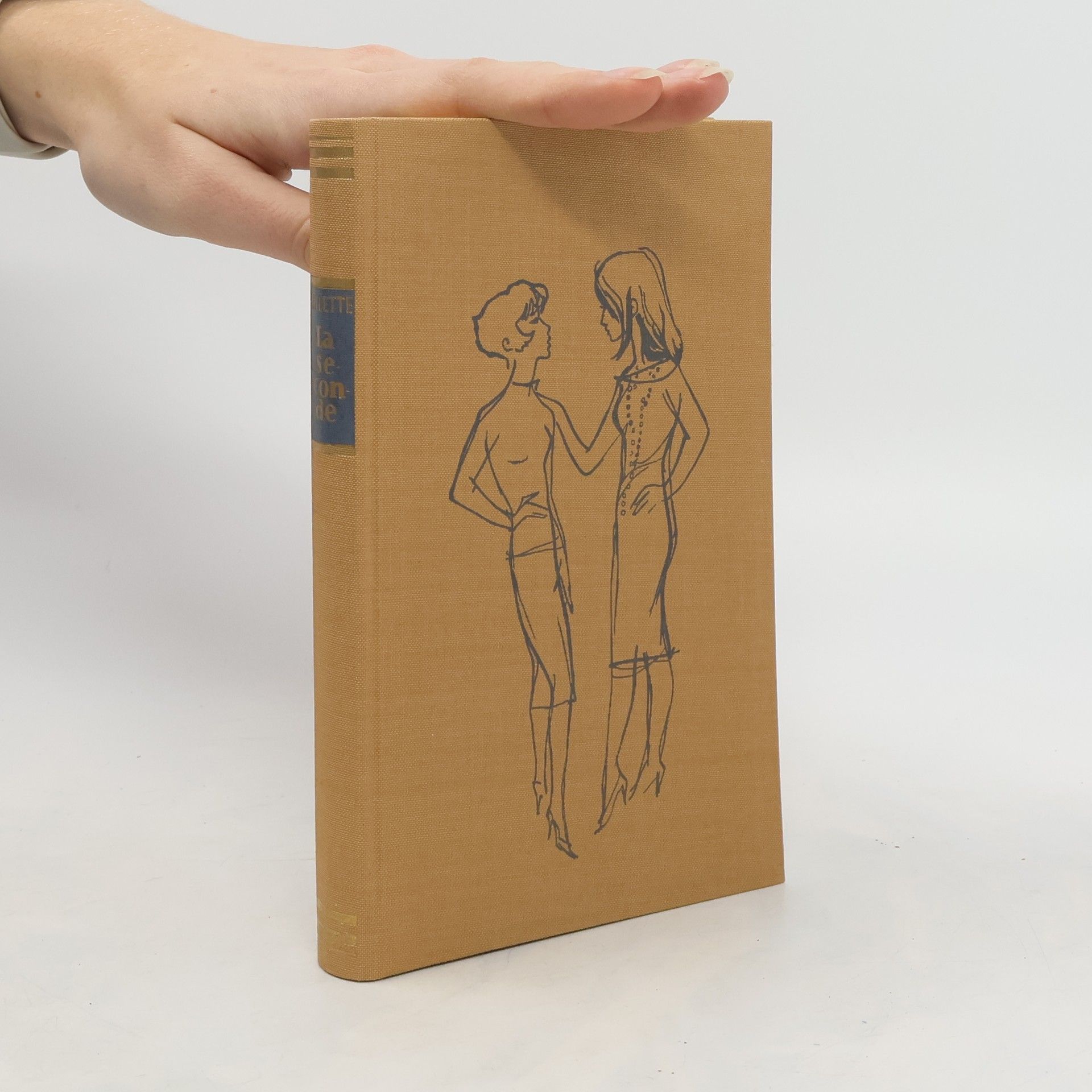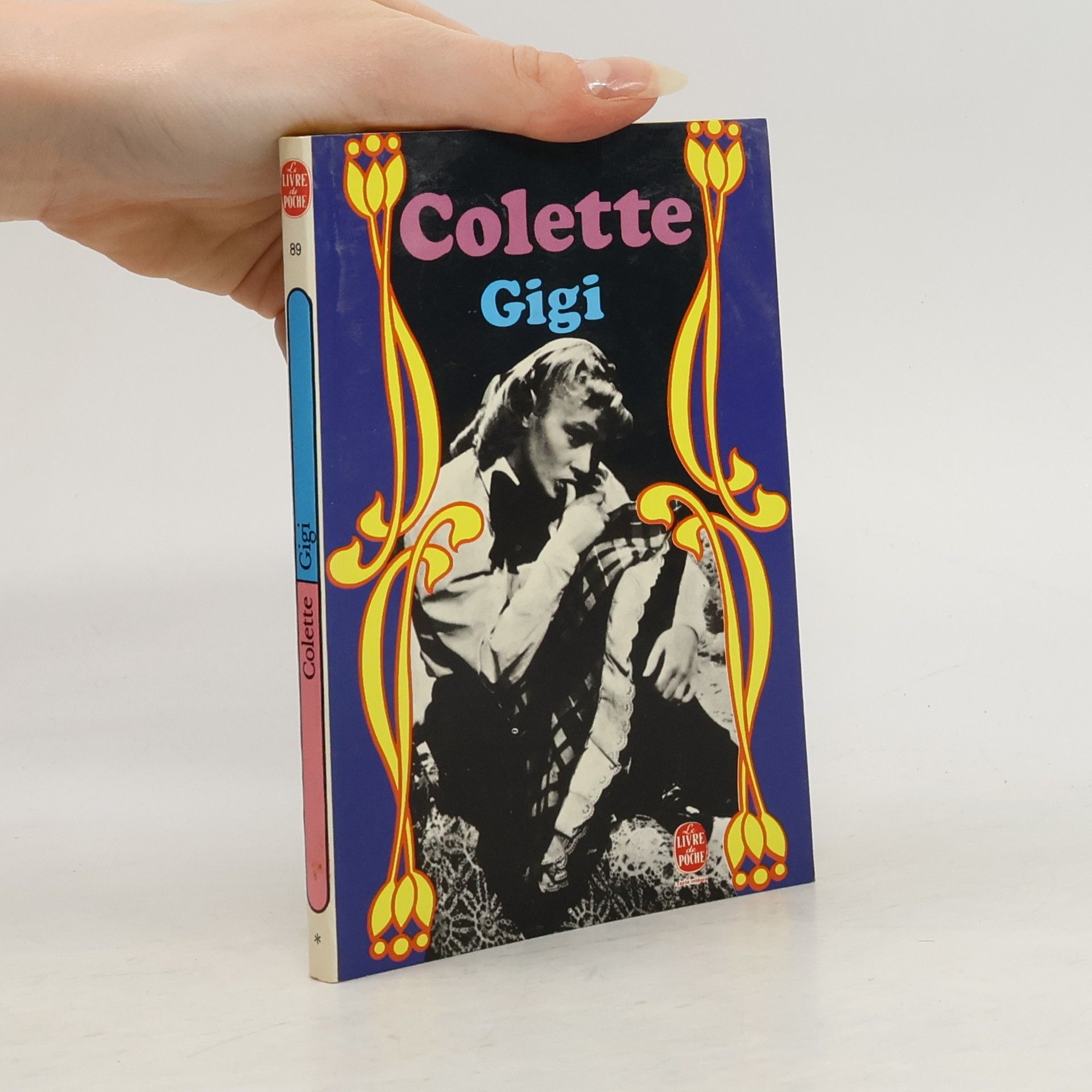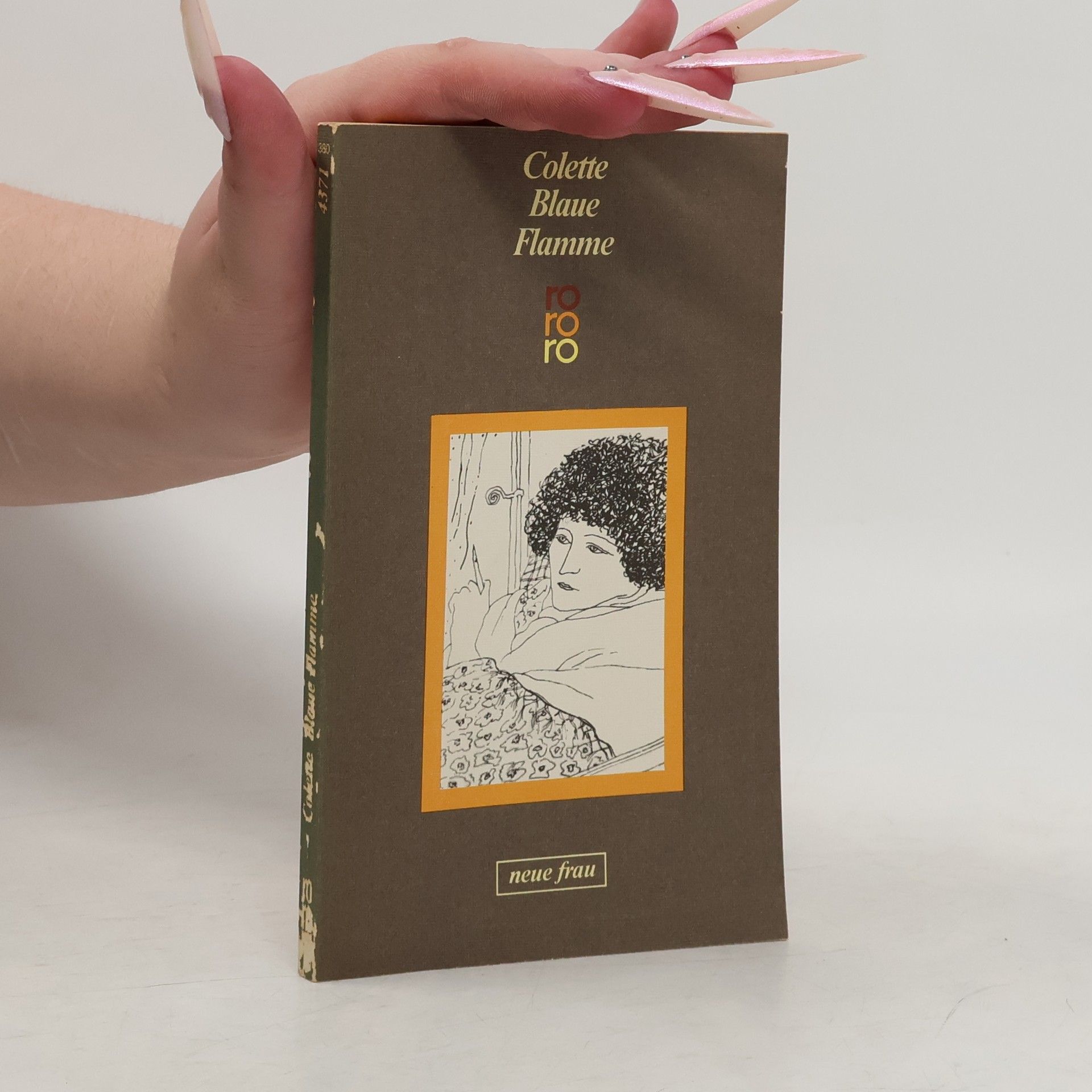Vom Glück des Umziehens
- 96 pages
- 4 hours of reading
Die Geschichte entfaltet sich in einer spannungsgeladenen Atmosphäre, in der die Protagonisten seit zwei Tagen wach sind und sich Herausforderungen stellen müssen. Ihre Entschlossenheit, trotz der Erschöpfung weiterzumachen, zeigt den ungebrochenen Willen, neue Horizonte zu erkunden. Inmitten dieser Anspannung entwickeln sich Beziehungen und Konflikte, die die Charaktere tief prägen und sie an ihre Grenzen bringen. Der Roman thematisiert die Suche nach Freiheit und die Belastungen, die damit einhergehen.









